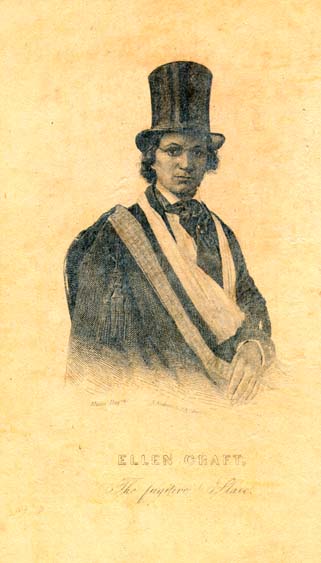Honoring one of their ownPosted in Articles, History, Media Archive, United States on 2013-11-14 04:04Z by Steven |
Bucks County Courier Times
Levittown, Pennsylvania
2013-11-13
Phil Gianficaro, News columnist
The inscription on the small old tombstone in the shadow of the majestic oak tree is practically illegible. Weathered and darkened by 148 years, the tablet-shaped marker pales in comparison to others that are more ornate in the Hatboro Baptist Church Cemetery. A noteworthy war veteran from Hatboro, it would seem, deserves a more appropriate remembrance.
Now he has one.
Near that barren oak tree this week, they gathered on a sunny Veterans Day morning to honor one of their own, Barclay J. Stagner, the town’s first man of color to serve in the Civil War. A new tombstone, supplied by the Veterans Administration, was dedicated to Stagner and placed several feet from the old stone and beside the gravestone of his mother, Elizabeth.
“This is a special, long overdue honor,” said David Shannon, Hatboro historian and curator of the cemetery, before a small gathering at the graveside. “While many in the congregation were aware of Barclay, we were intent on letting the community know he existed.”…
…Stagner was born during the time of slavery. He wasn’t a member of the Hatboro Baptist Church, but was a close friend of Union Army Gen. William Davis, who was. That relationship, combined with his light skin color and blue eyes that belied his race, likely helped Stagner get accepted into the Union Army at a time before blacks were recruited or permitted to enlist.
“We don’t know if Barclay was black or what used to be called mulatto, or a mixed race,” Shannon said. “He was likely of mixed race. But because he wasn’t dark skinned, they probably didn’t know.”
Stagner became a sergeant in the 6th Pennsylvania Volunteer Cavalry, and fought in the Battle of Gettysburg. Upon his re-enlistment as a veteran volunteer, he rose to the rank of corporal. He died in Virginia at age 28 on Jan. 3, 1865, and his remains were sent to Hatboro to be interred…
Read the entire article here.


